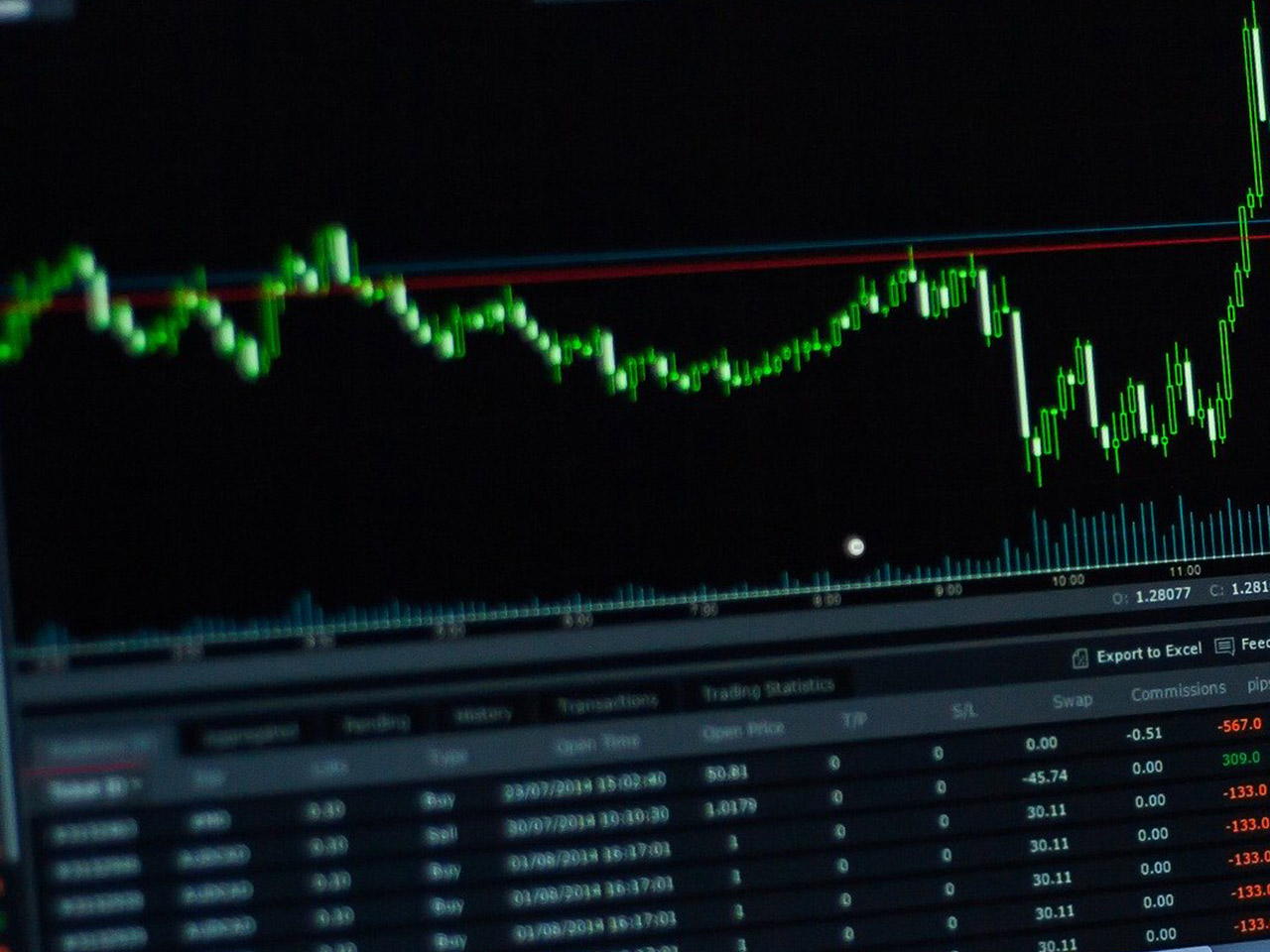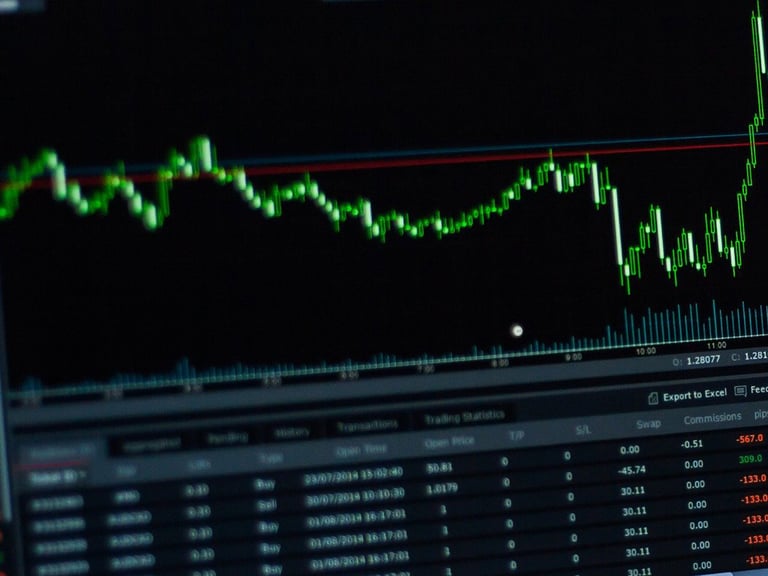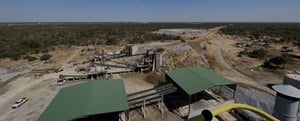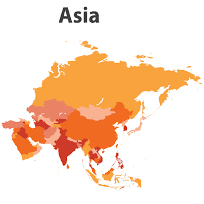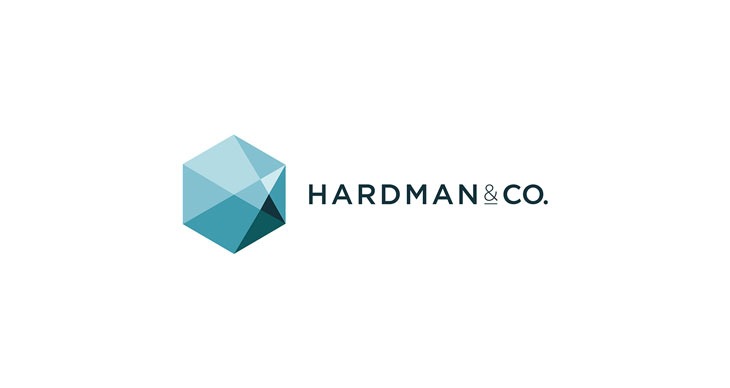Southwest Airlines Co. (NYSE: LUV) has long been a staple in the American aviation industry, renowned for its cost-effective fares and robust domestic network. However, as the airline emerges from the pandemic era, investors are keenly evaluating its financial health and market positioning in a highly competitive sector. With a market capitalization of $16.39 billion, Southwest Airlines remains a formidable player, but recent financial metrics and market dynamics provide a mixed picture for potential investors.
**Current Price and Valuation Metrics**
Trading at $28.55, Southwest’s stock has shown resilience, albeit with a modest 0.15% price change. The company’s 52-week price range of $23.70 to $34.84 indicates some volatility, yet it remains within analyst expectations. The forward P/E ratio of 10.28 suggests that investors are cautiously optimistic about future earnings, even as the trailing P/E and PEG ratios remain unavailable. These figures highlight the market’s anticipation of earnings growth, yet also reflect the uncertainties inherent in the airline industry, especially amidst fluctuating fuel prices and evolving travel demand.
**Performance Metrics and Financial Health**
A closer look at Southwest’s performance metrics reveals both strengths and areas of concern. A modest revenue growth of 1.60% underscores the challenges of increasing market share in a saturated industry. More troubling, however, is the negative free cash flow of over $2.1 billion, which calls for scrutiny on operational efficiencies and cost management. Return on equity stands at 4.46%, indicating that while the company is generating profits, there is considerable room for improvement to enhance shareholder value.
Interestingly, Southwest offers a dividend yield of 2.78%, with a high payout ratio of 94.74%. This suggests that the company is committed to returning value to shareholders, yet it also raises questions about the sustainability of such payouts in the absence of significant earnings growth.
**Analyst Ratings and Market Sentiment**
The sentiment from analysts is mixed, as evidenced by the distribution of ratings: 5 buy, 11 hold, and 7 sell recommendations. The average target price of $30.41 provides a potential upside of 6.52% from current levels, which might entice investors looking for modest gains. The target price range, spanning from $19.00 to $44.00, reflects the diverse perspectives on Southwest’s future performance, influenced by macroeconomic factors and operational efficiencies.
**Technical Indicators and Market Trends**
Technical indicators provide additional insights into Southwest’s market behavior. The stock’s RSI (14) of 36.57 suggests that it is approaching oversold territory, which could be a buying signal for contrarian investors. However, the MACD of -1.13 and a signal line of -0.28 point to bearish momentum, indicating potential short-term challenges.
Southwest’s 50-day and 200-day moving averages, at $30.82 and $30.27 respectively, suggest that the stock is currently trading below both averages, potentially signaling a downward trend that investors should monitor closely.
**Navigating the Skies Ahead**
Southwest Airlines continues to be a major player with a strong operational footprint, serving 117 destinations with its impressive fleet of 803 Boeing 737 aircraft. Its strategic focus on low-cost, customer-centric travel and ancillary services like inflight entertainment and a robust Rapid Rewards loyalty program positions it well to capture market share as travel demand recovers.
For investors, the key consideration will be whether Southwest can effectively navigate current financial headwinds and leverage its operational strengths to enhance profitability. The potential upside of 6.52% might appeal to those willing to bet on the airline’s capacity to rebound and innovate in an evolving market landscape. As always, potential investors should weigh these factors carefully against the broader economic context and their individual risk tolerance.

